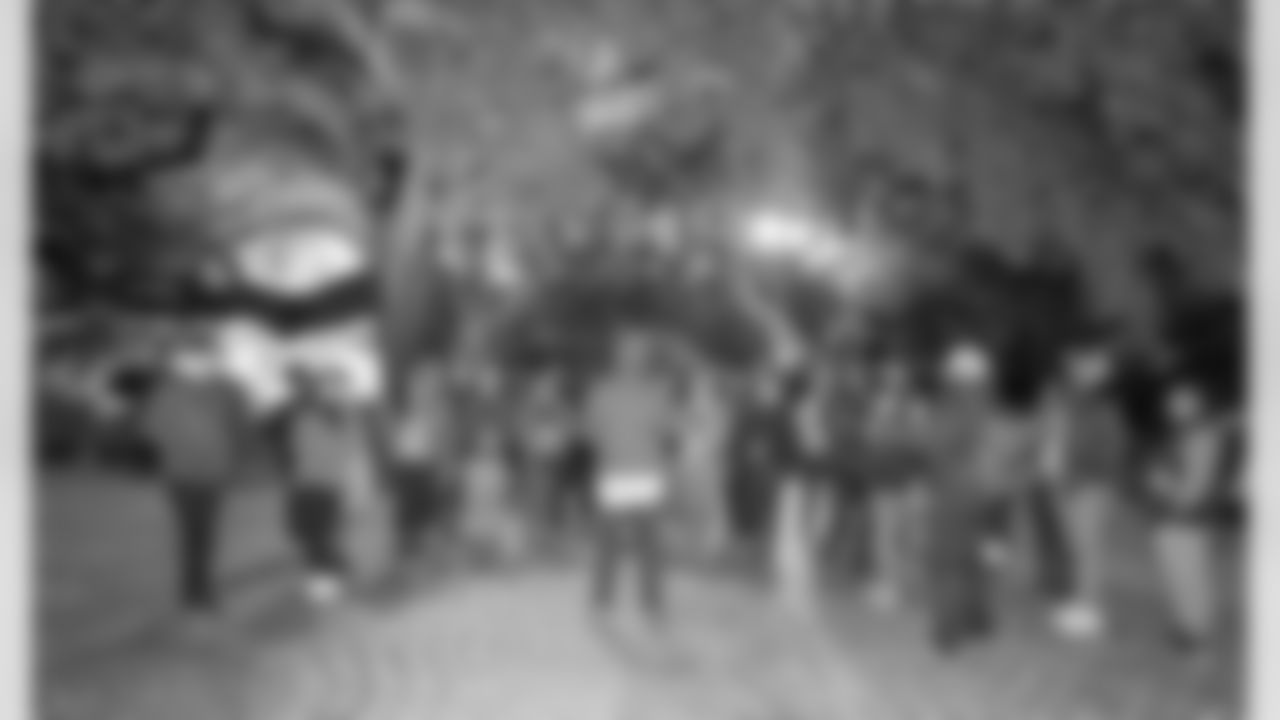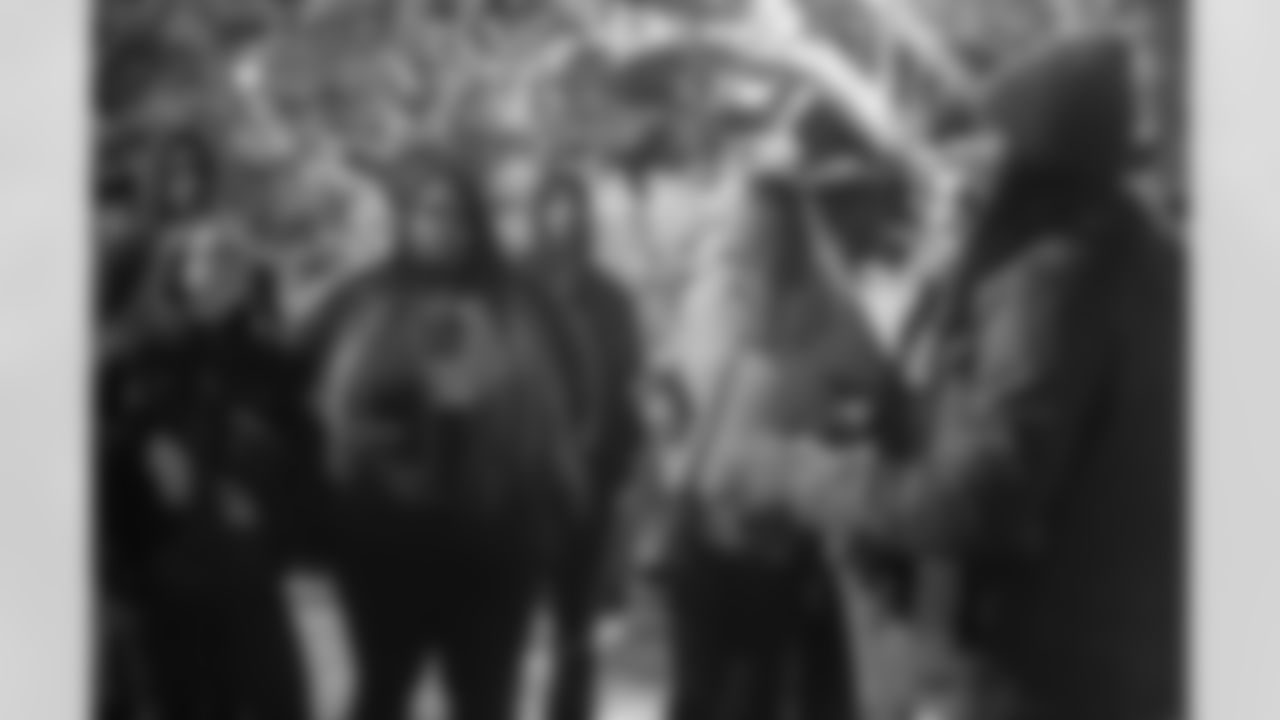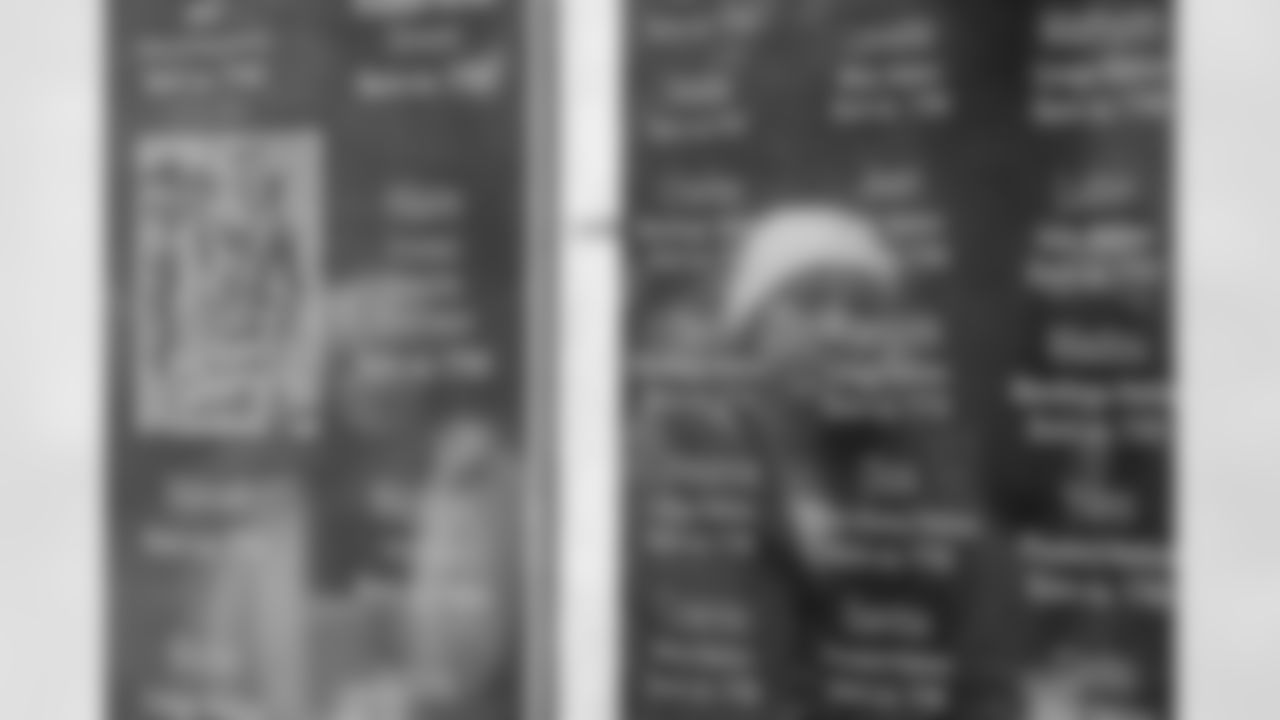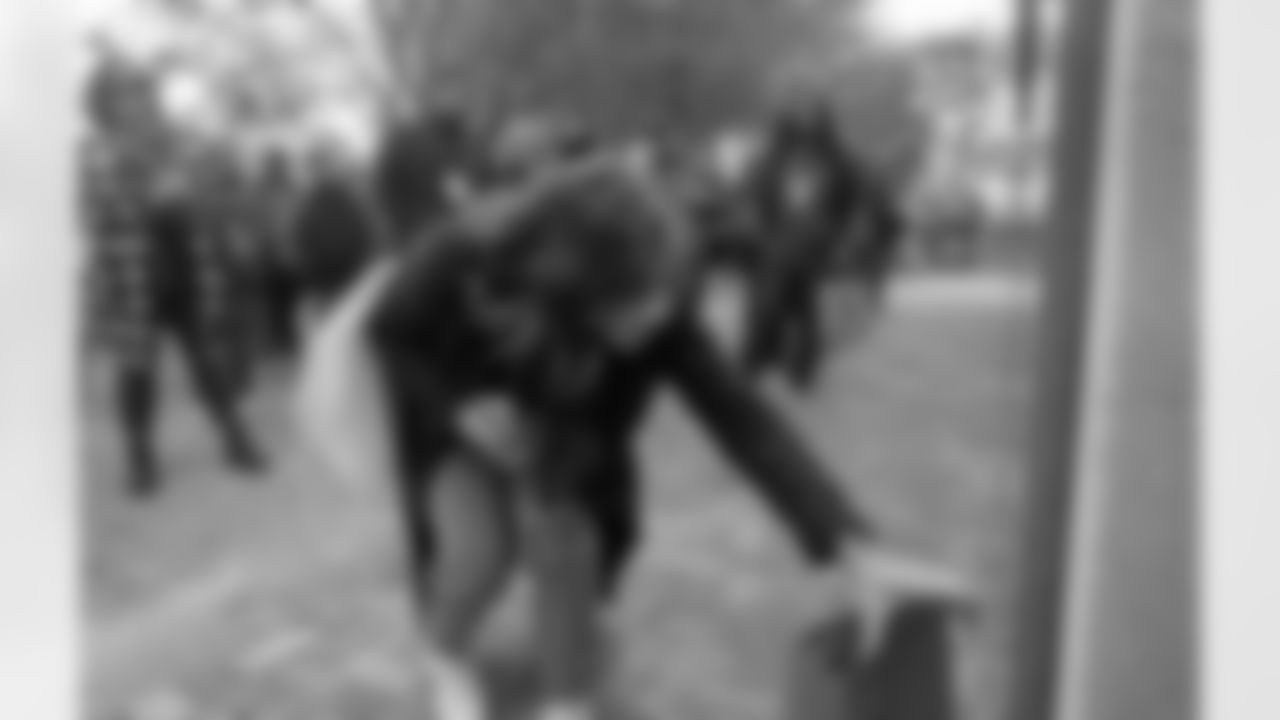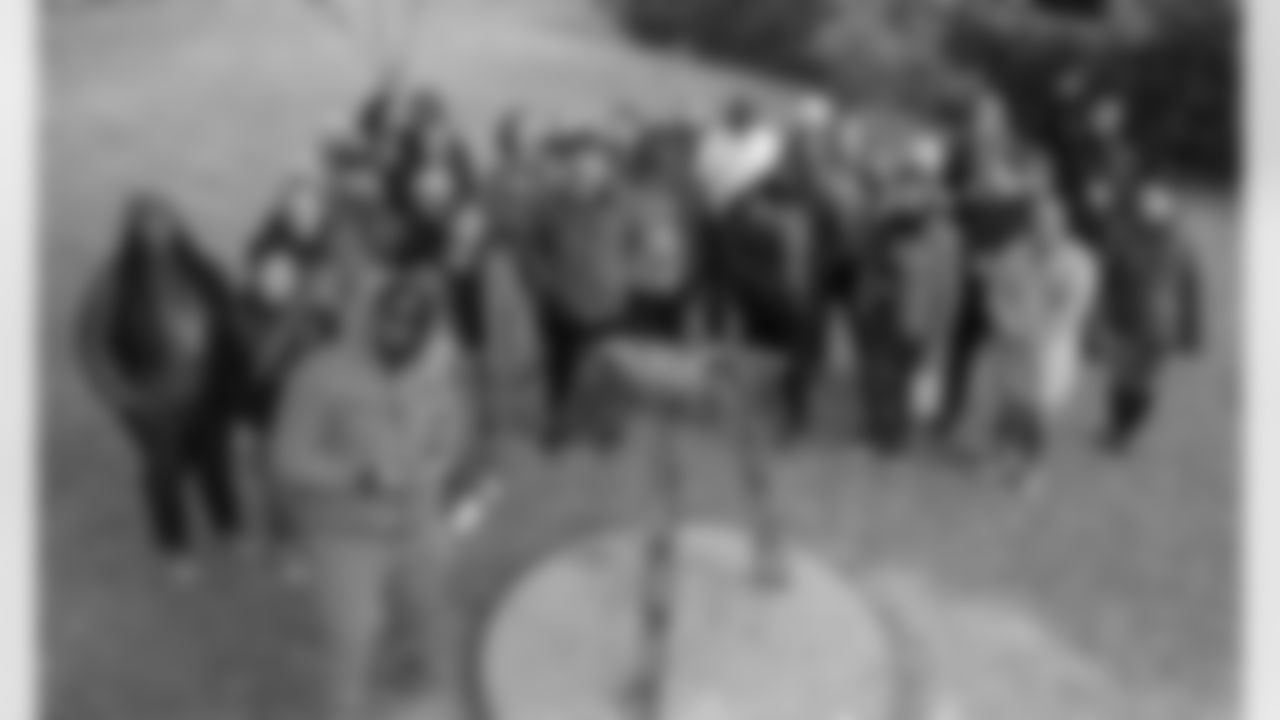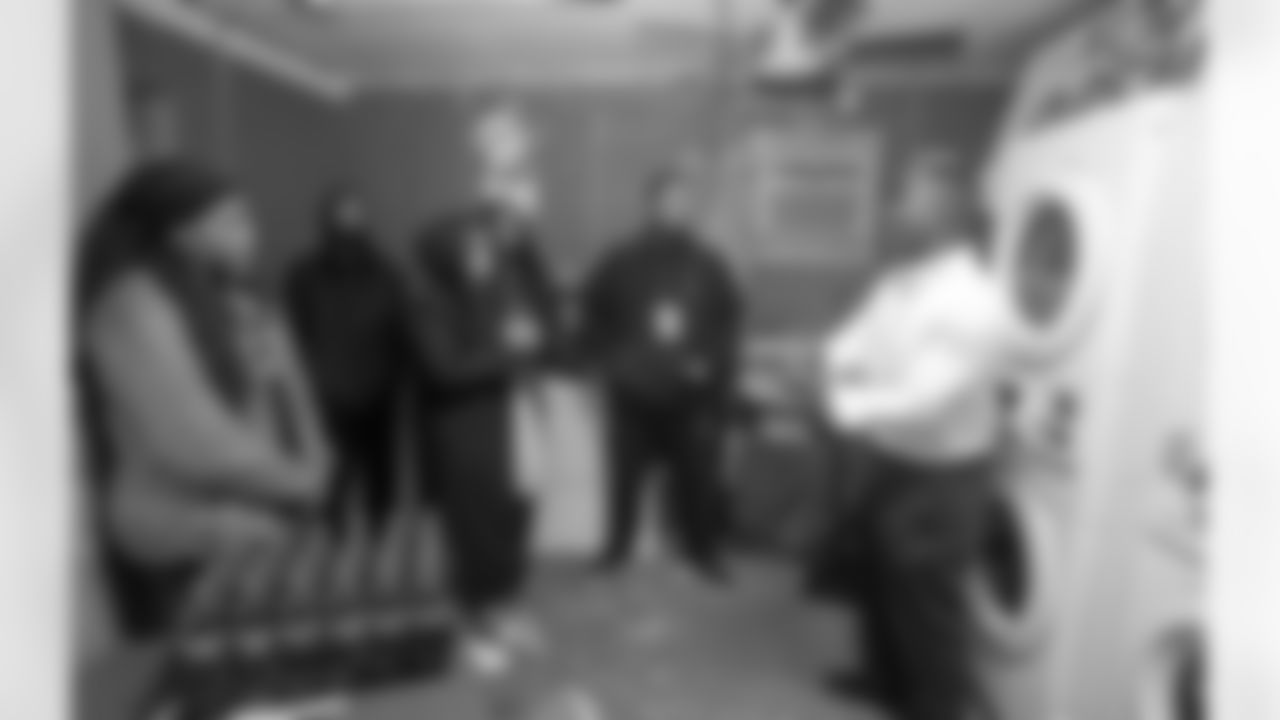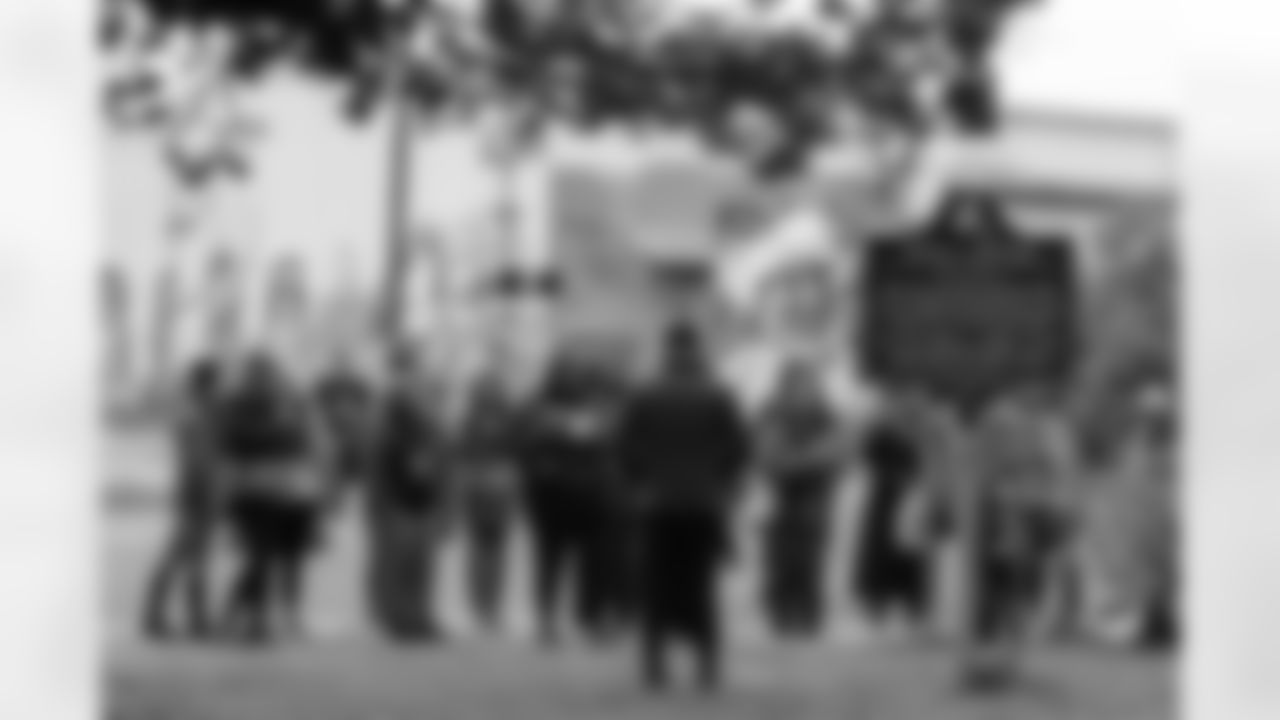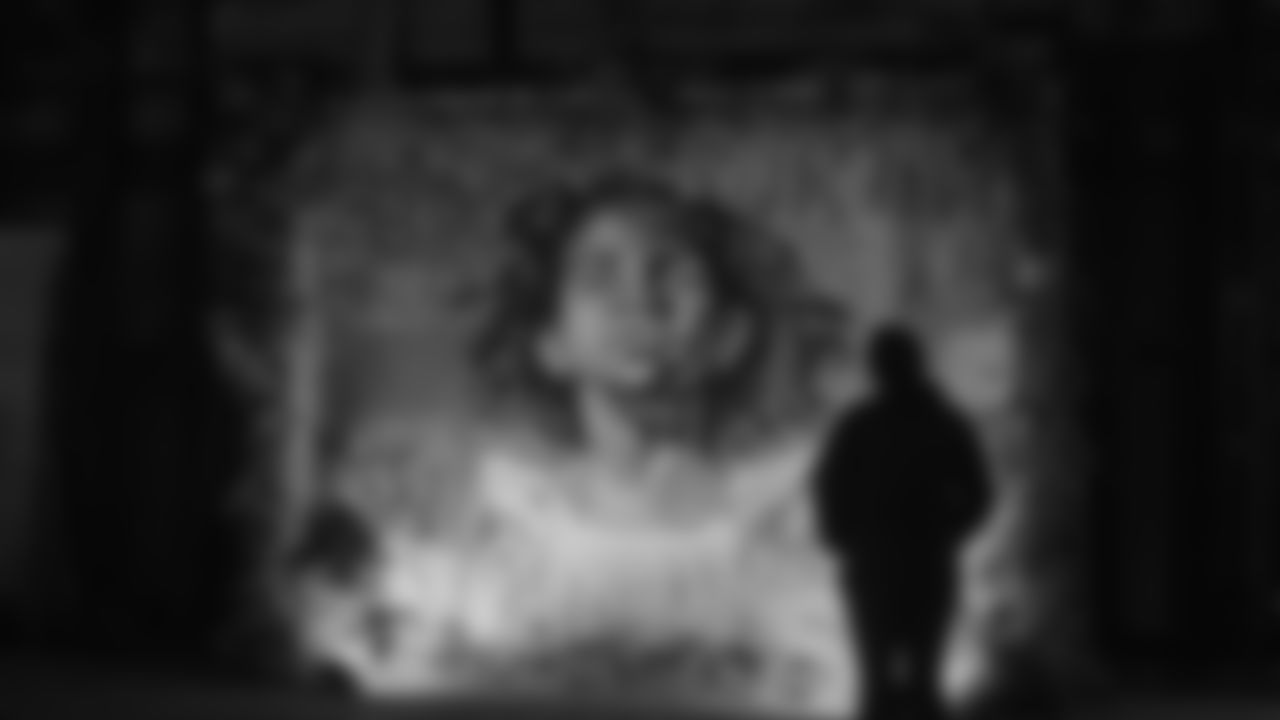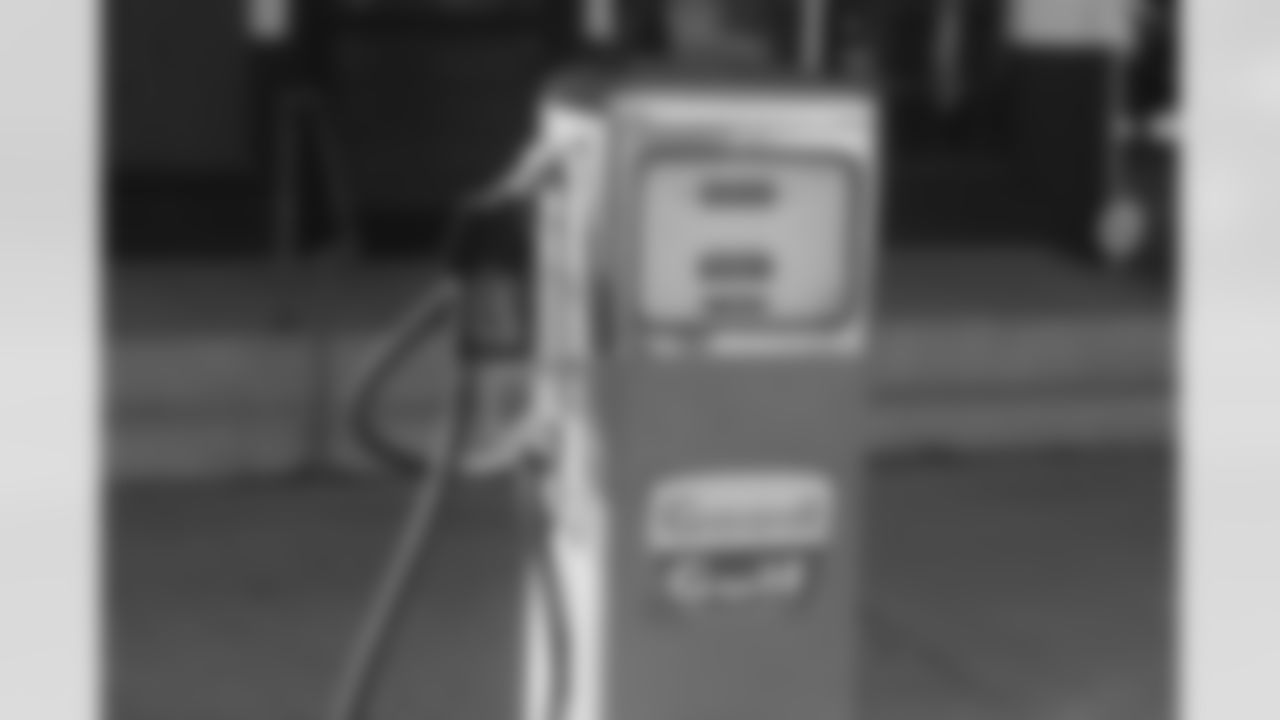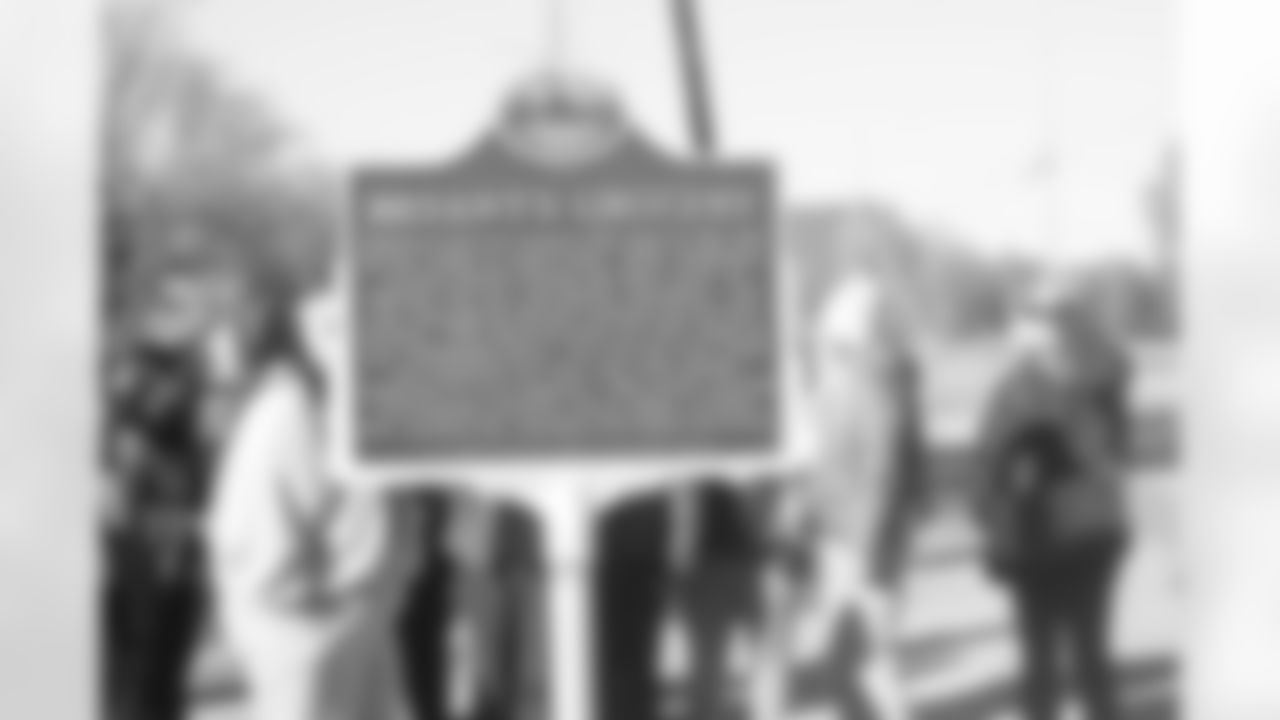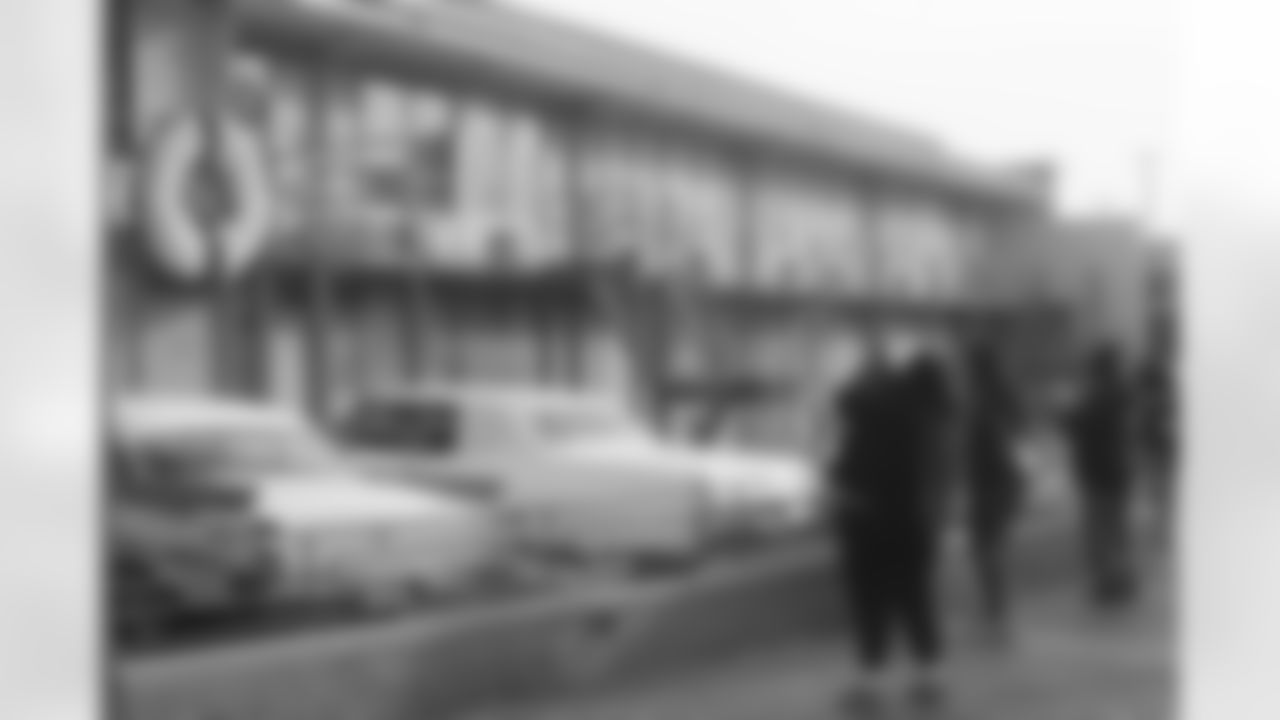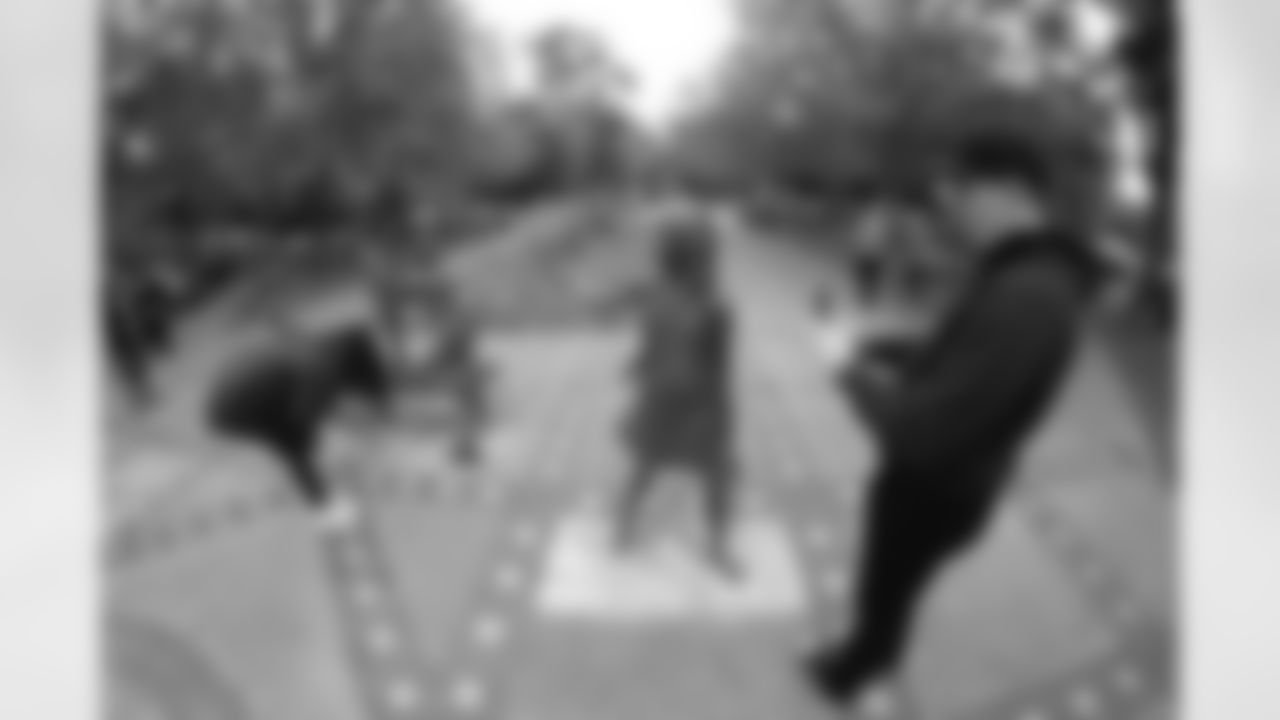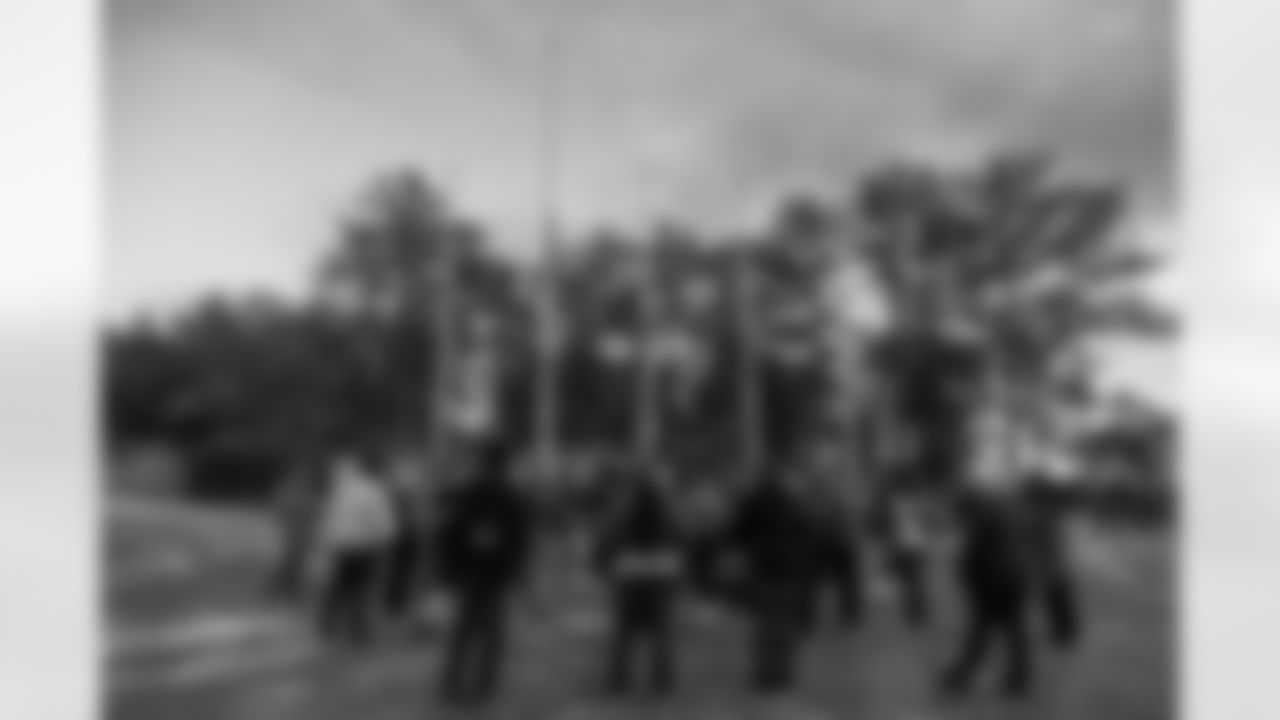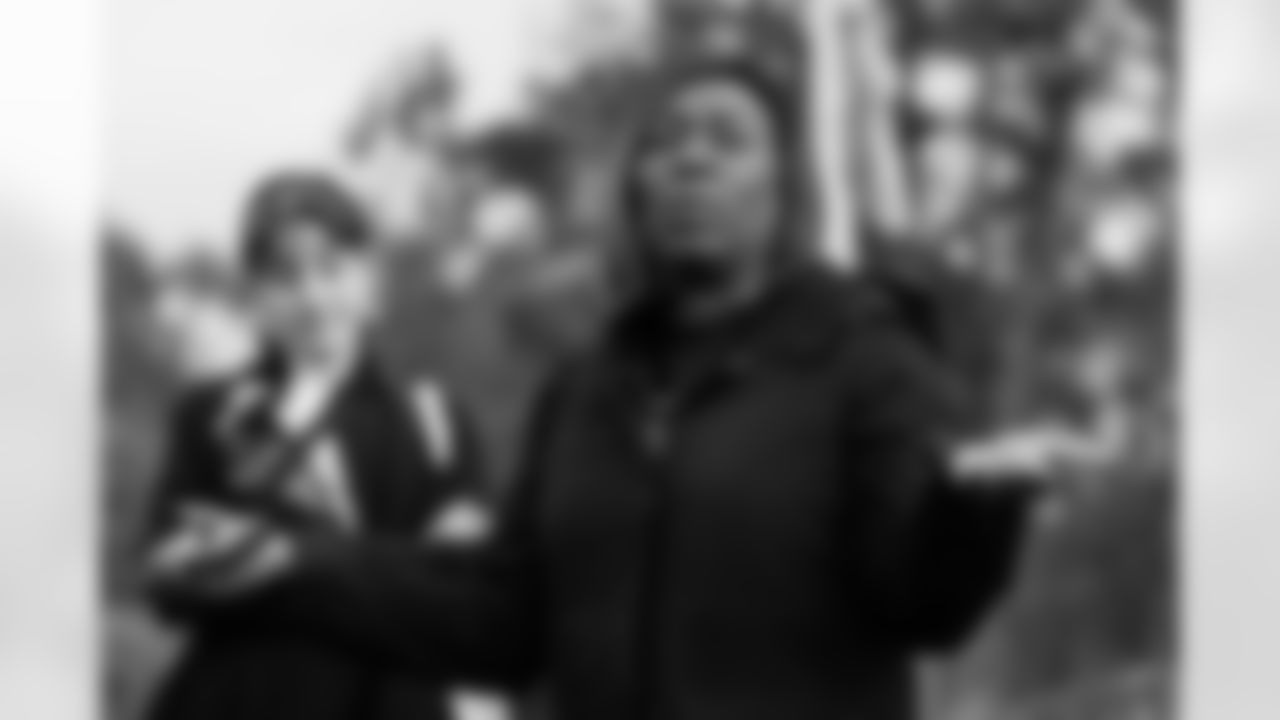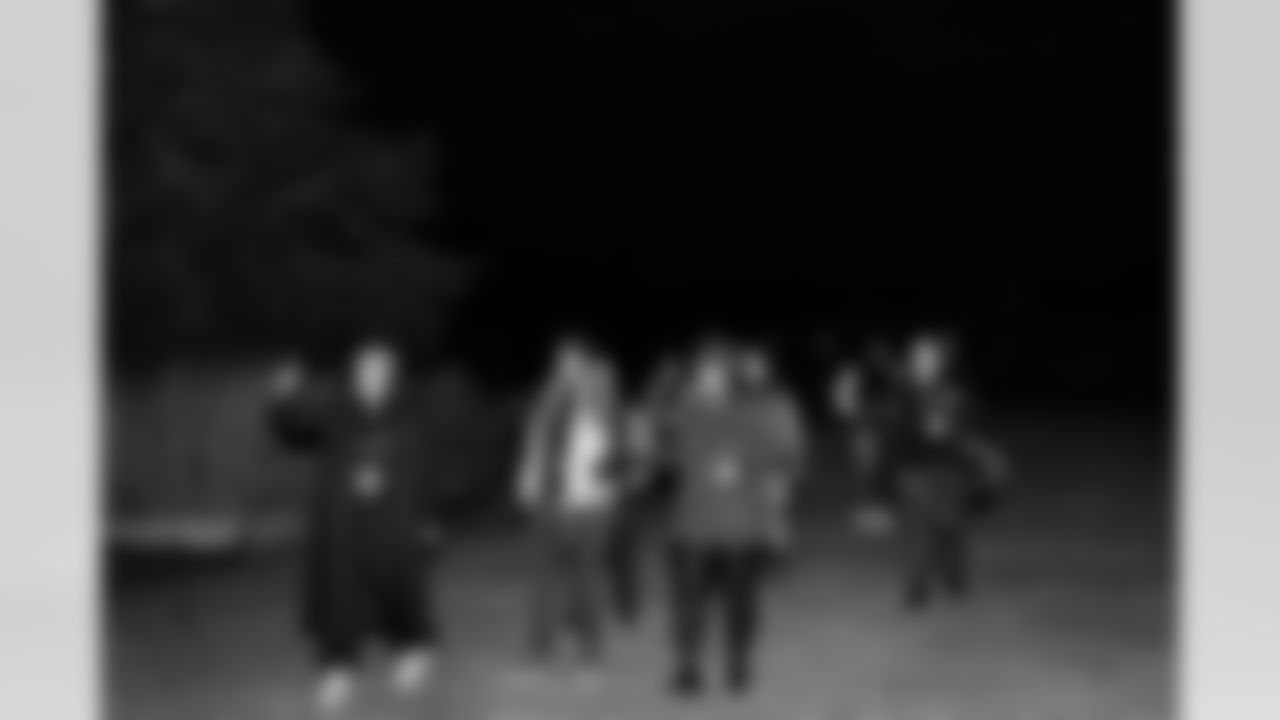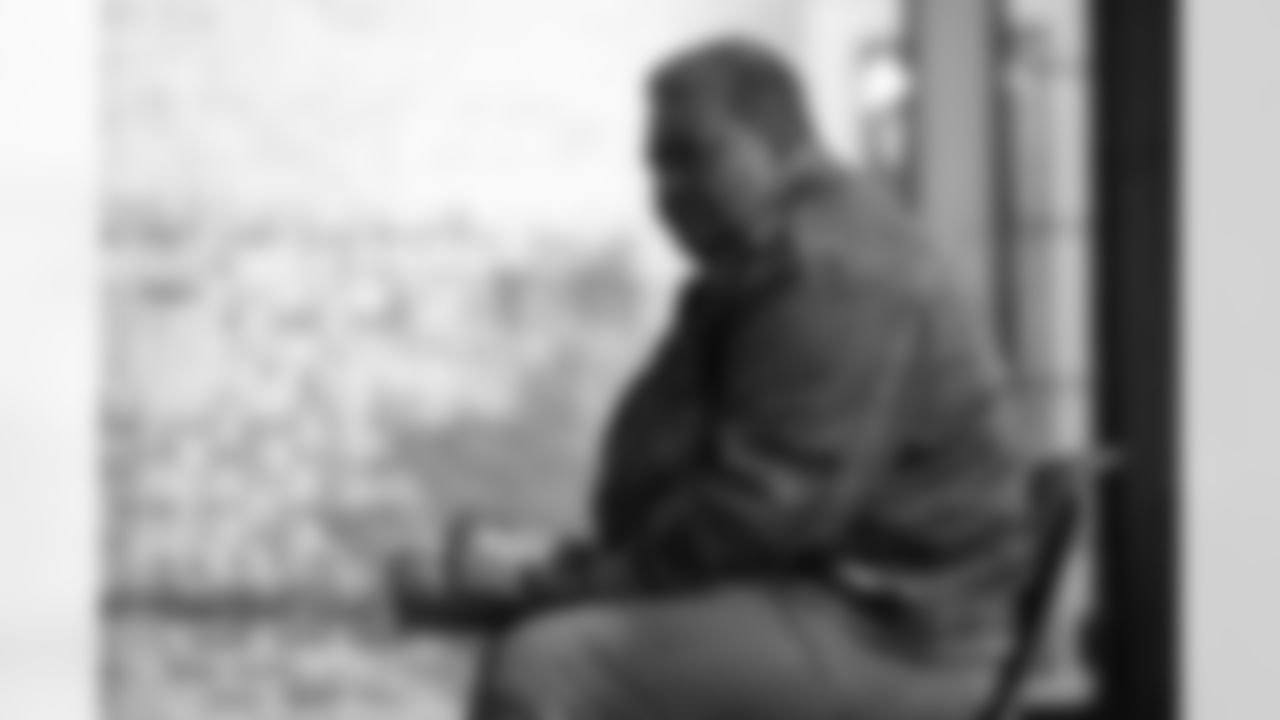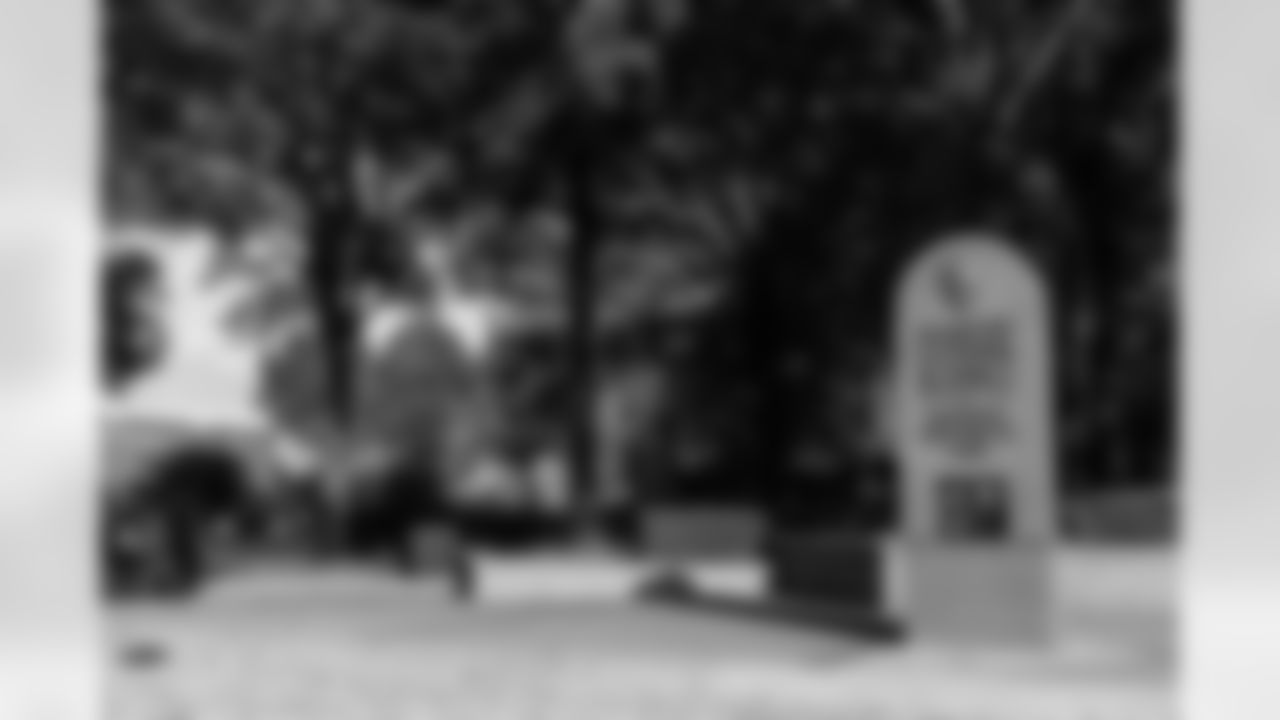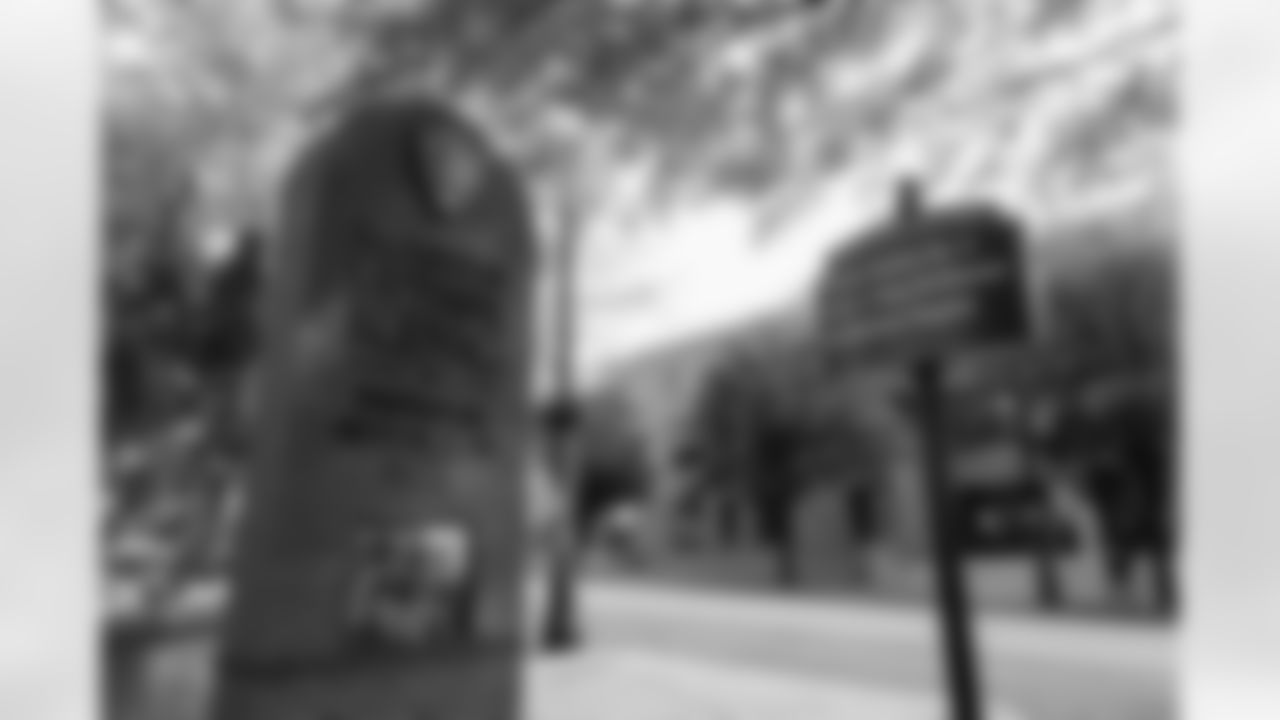As a graduate of Morgan State University's School of Global Journalism and Communication, you learn a cardinal rule of telling the story of others – keep yourself out of it. I was afforded the opportunity to cover the Seahawks' partnership with local non-profits Sankofa Impact and Choose 180 on a seven-day pilgrimage through the South. This week-long journey was a hands-on trip through Black history – my history. In the process of telling the stories of more than two-dozen passengers of varying races and backgrounds who are attempting to invoke change through their respective organizations, I boarded my return flight a more empowered Black man and better journalist. In that regard, I will do my best to tell the story of a journey through history and self-reflection for those seeking to further invoke change.
The Mississippi Delta
It's worth noting that the starting point for this journey is not Seattle - but the Nation's Capital. I’ve spent my entire life on the East Coast; born in New York, raised in Maryland (Prince George's County). A proud graduate of Morgan State University in Baltimore, my African Diaspora and Black History courses challenged my mind on what I had and hadn't learned in years prior. Neither my teachings nor unfortunate experiences of prejudice throughout my formative years could prepare me for the humbling that awaited me in Mississippi.
On November 15, the group arrived in New Orleans from Seattle for the first leg of the journey; I joined the group a day later in Mississippi, arriving in Jackson where I met my driver, Mr. Tony. On the ride from Jackson to Meridian, Tony revealed his journey from a young ex-con finding his way to eventually becoming a self-made entrepreneur. His brutal depictions of surviving racism and overcoming his past in the deep south were spoken in a triumphant tone. After decades as a cab driver post-release from prison, Tony eventually started his own business. Every so often, he flashed a smile in the rear-view mirror, as he talked about how his troubles eventually led him here, with young black men like myself being in the backseat, working for the Seahawks. A "blessing from God" in his words, sent to tell the stories of so many like himself who met their unfortunate demise for the betterment of the future. The drive seemed to end before it began, and after praying over me and making sure I was checked in to my hotel with no problem, Tony went on his way.

The group, which arrived from New Orleans late the night before, met early at breakfast in the lobby to prepare for the day's passage through the Mississippi Delta. After checking out, it'd be time to board the chartered bus for first-hand history lessons on the Delta's tragic losses and victories through the civil rights movement to the present day.
An awkwardness settled upon the open lobby, as individuals from the two organizations along and media teams got familiar with each other. For seven days, several of the key individuals and teams providing support and invoking change for youth in the Pacific Northwest would learn, feel and navigate this painful and emotional pilgrimage through the South.
Beginning in 2014 as a class, Sankofa Impact gained status as a nonprofit organization known as Project Pilgrimage. Executive Director and Seattle native Felicia Ishino began her career in education as a career center specialist for several area schools. The University of Washington alum has led more than a dozen pilgrimages through the South to learn about civil rights history and the individuals often overlooked. Joined by community relations manager Nathan Bean, whose title minimizes his daily tasks, the duo organized the events of the pilgrimage. The pair created an itinerary with historic landmarks and symbolism for each stop on the journey, balancing the pain of relieving unfortunate events with some fun to soothe emotions.
Founded in 2011, Seattle-based Choose 180 partnered with the King County Prosecuting Attorney's Office to help break the school-to-prison pipeline. The non-profit works to productively enrich local youths "by partnering with institutional leaders, connecting them with community, empowering them with choice, and teaching them the skills necessary to avoid engagement with the criminal legal system."The mixed-background staff of more than two-dozen is spearheaded by Executive Director Sean Goode. The Mount Rainier High and Highline College alum is one of the biggest voices for youth advocacy in the West, and a starch advocate for fair wages for his employees. Making national headlines for procuring for better pay, raising staffer salaries to $70,000. The self-confident Black man with the ginger beard would be the leading voice for the pilgrimage. After making small conversations with the group and the camera crews documenting the journey, Goode called for a meeting in the hotel's conference room.
Sensing the awkwardness in the room, Goode asked everyone to stand individually and introduce themselves, giving a brief background and their reasoning for being on the trip. After briefly socializing, the group grabbed their luggage to board the charter bus as our Alabama-born driver, Mr. Douglas loaded the group's belongings.
As the bus roared through the back roads of the town of Philadelphia, Goode lightened the mood of the somber morning with dad jokes – the start to every journey for the pilgrimage. As some riders opted for extra sleep, others listened diligently as Goode switched his tone, preparing the group for the incoming tidal wave of emotions as the charter drew nearer to the first destination. Bean, Sankofa's renaissance man, soothed the group with a blues playlist as he informed the group about the 1964 Philadelphia Summer murders and the day's tour host Leroy Clemons. Ishino and Bean forewarned the group about Clemons' never-ending smile, that remained across his face as he details the gruesome murders of Congress of Racial Equality (CORE) members Michael Schwerner and James Chaney along with volunteer Andrew Goodman.
Clemons greeted the group with a grin, bearing nothing but a thin hoodie, as a cool breeze made several group members shiver upon exiting the bus. The lifelong Philadelphia native graciously thanked the team for their service to the youth, pointing out his sweatshirt bearing the acronym N.Y.C aka the Neshoba Youth Coalition. In addition to serving as executive director for the community organization focused on providing youth resources, the Neshoba County President of the National Association for the Advancement of Colored People (NAACP) also served as Philadelphia Coalition president in 2004 when the multiracial group helped Mississippi develop the state’s first mandated civil rights curriculum for K-12 students.
"I'm a little older than what I look," said Clemons chuckling. "This city was really not a nice place at all in the '60's. I grew up here, I've seen it all. Over the next 40 years since that time, we have really transformed this city. The black/white relationship in this city is excellent. People get along, we're all at the table, we make decisions together, we work together. That's a reason why you don't have a lot of crime here, because as they say, 'Both sides of the railroad track; we work together.'"
Clemons hopped on the bus to inform the group of where he and the town was now, as the tour proceeded to Mt. Zion Baptist Church. As the group disbanded from the charter, the graves of the three freedom fighters lay outside the place of worship. On a road filled with tattered homes and abandoned storefronts, the manicured grass outside the church led the way to the shining gravesite adorned with flowers left in respect to the deceased.
A historian, Clemons discussed learning the history of his town in the eighth grade – one his own family didn't want to discuss. He told the stories of the traveling activists, canvassing black communities in search for churches that would allow them to register voters.
Clemons led the group through the streets, pointing out the lone-standing community market and the repurposed shed used as a shelter for the homeless. The remains of a once-thriving marketplace for the town's Black community is a chilling reminder of the past, as residents make due in the underserved sector of town. The tour's final stop was the site of the murders itself, where the kidnapped men were beaten, sodomized and executed. Clemons' voice boomed through the wooded area as he pointed out the long road leading to the homes of the families who committed the murders. In a town that continued to fight so hard to overcome it's past, the secluded murder scene and its neighboring acres bore a constant reminder of what happened that June day in 1964.

The sound of train drivers honking their horns blared loudly down the deserted road where Bryant's Grocery formerly operated in Glendora. This particular stop brought the first visible tears from the group, as each read the marker detailing the events leading to the vicious murder of 14-year-old Emmitt Till in 1955. Visiting family from Chicago for the summer, Till allegedly whistled at 21-year-old Carolyn Bryant at the store, the wife of owner Roy Bryant. After being kidnapped from his family home, Till was beaten and shot, before being thrown in the Tallahatchie River. It was Till's unrecognizable face, and the courageous decision of his mother, Mamie, to broadcast his disfigured frame and his funeral that sparked the civil rights movement.
Ishino and Bean led the group through Graball Landing, the site where Till's body was found, recognizable only by a marker built in 2008. After forming a circle, individuals broke the silence by dedicating the journey to something or someone through symbolism. Each person took turns commemorating the moment by pouring water into a singular bottle, sharing who or what they were representing on the pilgrimage. Ishino passed out roses, as Bean led the group to where Till's body was recovered from the river. Choose 180 program manager and Seattle native Cortez Charles' sudden scream echoed through the wooded area, as he railed off his thoughts to no one in particular and everyone at the same time out of visible frustration. With tears in his eyes, Charles discussed how Till's reality hit home as a father with family in Chicago. Co-founder of the Fatherhood Accountability Movement (FAM), Cortez works in partnership with wife Deandra, leader of the Matriarch Accountability Movement to help build healthy family dynamics holistically.

"It hurts," said Cortez. "We are still going through the same shit today. I still gotta fear for my kids every day."After being consoled by several empathic members of the team, Charles led the team in releasing the roses into the river.
As the sunset on the Delta state, the bus arrived outside of the Sumner courthouse - the site of the Till murder case. Historically preserved, the courtroom remains in the condition of 1955 when J.W. Milam and Roy Bryant were acquitted of the murder of Till in the five-day trial. An all-white jury only took 67 minutes during the last day's proceeding to find the pair not guilty. In 2007, the Emmett Till Memorial Commission renovated the courthouse and issued a formal apology to the family from the county. In 2015, the courthouse was reopened as a memorial to Till, while fully-operating.
It was particularly difficult to hold the apology from the county, with more than five decades being plenty of time to come up with something better than a one-page note.
After a long day on the road, the group settled to break bread at the Ground Zero Blues Club in Clarksdale. Co-owned by Oscar-award winning actor Morgan Freeman, this restaurant serves as a blues club in the area credited with creating the sound. Patrons licked barbecue sauce off their fingers, tapping their feet to the performers on stage while indulging in a variety of Southern staples like pulled pork. Others shot pool over a beer, as the mixed crowd of whites and blacks competed with the music in their separate conversations.
After getting a first-hand look at the remains of Bryant's Grocery, I had my first conversation with Nathan Bean. Very aware of his Caucasian makeup, Bean seemingly approached the trip with a resolve that intrigued me. While it seemed that many of his fellow white counterparts were wrapped up in processing the day's sights or calculating how to discuss it with their Black peers, Bean flowed with his thoughts without hesitation of saying the wrong thing. A passing train conductor laid on his horn as he rode by staring at the mixed-race group, myself included. I wasn't sure if it was the 13 prior passages to the South, but Nathan was comfortable discussing uncomfortable topics. His facial expressions emphasized his emotions when he spoke, and he made sure to pay attention when listening to others who didn't look like him in these conversations. I hadn't experienced very many talks in my life to that point revolving around what white people could do to help Black people, because I'd hardly been in the space throughout my life to do so. I can count on two hands how many white classmates I'd had in primary school, and discussing topics as such in the workplace can be risky. This was just as much of an experience for me as them. Working for the Seahawks and projects like this helped me realize that proximity plays a big part in our mindset about others. If you aren't used to having experiences with other races, you often can only go by what you see, read or hear. Being in the space with one another is the first step in having uncomfortable conversations._
The Hampton Inn in Clarksdale served as headquarters for the night. After several workers attempted to help speed up the process of the large group checking in, everyone parted ways and called it a night, left to process their day to themselves.
Memphis Tennessee: Beale Street Blues
The group met Friday morning in the lobby, discussing the prior day's events amongst each other over continental breakfast. Assigned helpers assisted Mr. Douglas loading the luggage on the bus for the 20-minute trip to Memphis. Goode warmed the group up with witty dad jokes that received a few chuckles before informing the group of the day's events. Understanding the amount of trauma being taken in, organizers surprised the group with tickets to the Memphis Grizzlies home game against the Oklahoma City Thunder that evening.
"Blackness is not just about trauma, hurt and pain it's also about joy," Goode told the group.
First stop on the day's tour was the Ernest Withers Collection Museum and Gallery on Beale Street. The last working studio of the late Memphis-based civil rights photographer now serves as a museum for Withers' photos, totaling well over a million. Withers served as a personal photographer for late civil rights activist Dr. Martin Luther King Jr. from 1955-66. The 7,000-foot space showcases Memphis history through black-and-white portraits. Museum curator and frontline activist Joe Calhoun gave background on the importance of the space, while highlighting his place in history as a designer of the "I Am A Man" picket signs during the Memphis Sanitation Strike of 1968. In addition to being able to take in the museum and purchase collectibles, the group was treated to a panel hosted by the Memphis Coalition Against Pollution. Speakers Yolanda Spinks, Frank Johnson and the Youth Justice Action Council (YJAC) broke down how racism looks geographically. The group dissected environmental racism – landfills, incinerators, and hazardous waste disposal being disproportionately placed in communities of color. And why Memphis is the "home of environmental justice." It's often said that racism is deep-rooted, but for these residents from various Black neighborhoods in the city, air pollution has been a rampant killer and deterrent of lives in the community.
Advocate Frank Johnson links the plants that he grew up around, by force, and the airborne toxins released for causing years of medical abnormalities to his family and friends. Decades of smog clogging the area throughout different areas of the city have led to nicknames, like the Smokey City section of North Memphis, taking name from the former Firestone plant smokestack.
For nearly a hundred years, there's been lack of regard for the long-term effects of exposure to the pollutants released from the various plants scattered through the city. MCAP leads the fight against pollution on many fronts, notably against the Byhalia Connection Pipeline that affected drinking water.
The YJAC is a youth-led group focused on justice reform for teens in the Memphis area. The trio of adolescents took the stage to discuss their diligent work, including developing 10 “Break the Chains” demands for the Tennessee legislature aimed towards improving juvenile reform.
The historic Stax Records Museum of American Soul music was a welcome shift in energy for many in the group, serving as the second stop of the day. Through the 1960's and '70's, South Memphis lay claim to one of America's hit factories. Not only did the label sport timeless black acts like Otis Redding, Al Green, Aretha Franklin and Isaac Hayes, but it served as one of America's first integrated studios. The group dispersed on the self-guided tour, marveling at the vibrant artifacts and history plastered throughout the large space. The story of one of America's most-pivotal musical imprints is told through various mediums in the space, adorned with a litany of memorabilia from some of the world's greatest acts. Pose for a picture next to Tina Turner's dress, or a picture of late singer Isaac Hayes' gold-plated Cadillac Eldorado – a 1972 contract renegotiation gift.
Lunch was served just a few minutes away at the historic The Four Way soul food restaurant. Opening its doors in 1946, this South Memphis restaurant has been a safe haven and meeting spot for the community for more than eight decades. Originally starting as a multi-purpose counter, barber shop and pool hall under founder Clint Cleaves, the restaurant blossomed into a hangout spot for hungry residents, starving artists at Stax, and civil rights leaders. Current managers Jerry and Patrice Bates Thompson operate the historic enclave. Jerry discussed the history with the group as they munched on fried chicken wings, greens, beans and a seafood dish coveted by a particular figure.
"Dr. King loved the catfish here," said Thompson. "He would come here to shoot pool, right where you are eating."
It was here that King took his last staunch stance against oppression, a key participant in the 1968 Memphis Sanitation Strike. A 1,300-man walk-out of black sanitation workers took place on February 12, sparked by the death of Echol Cole and Robert Walker on the job due to shotty equipment. After refusal to pay for wrongful death ensued by the company at hand, resulted in black workers demanding higher wages. Weeks of peaceful protests and sit-ins were futile, as encounters eventually led to the death of an African American teenager on March 28. King returned to the city on April 3 to speak to and for the masses empathetic of his cause, in his "I've been to the mountaintop" speech. A day later, King was brutally executed on the balcony of his room at the Lorraine Motel - the tour's next stop.













